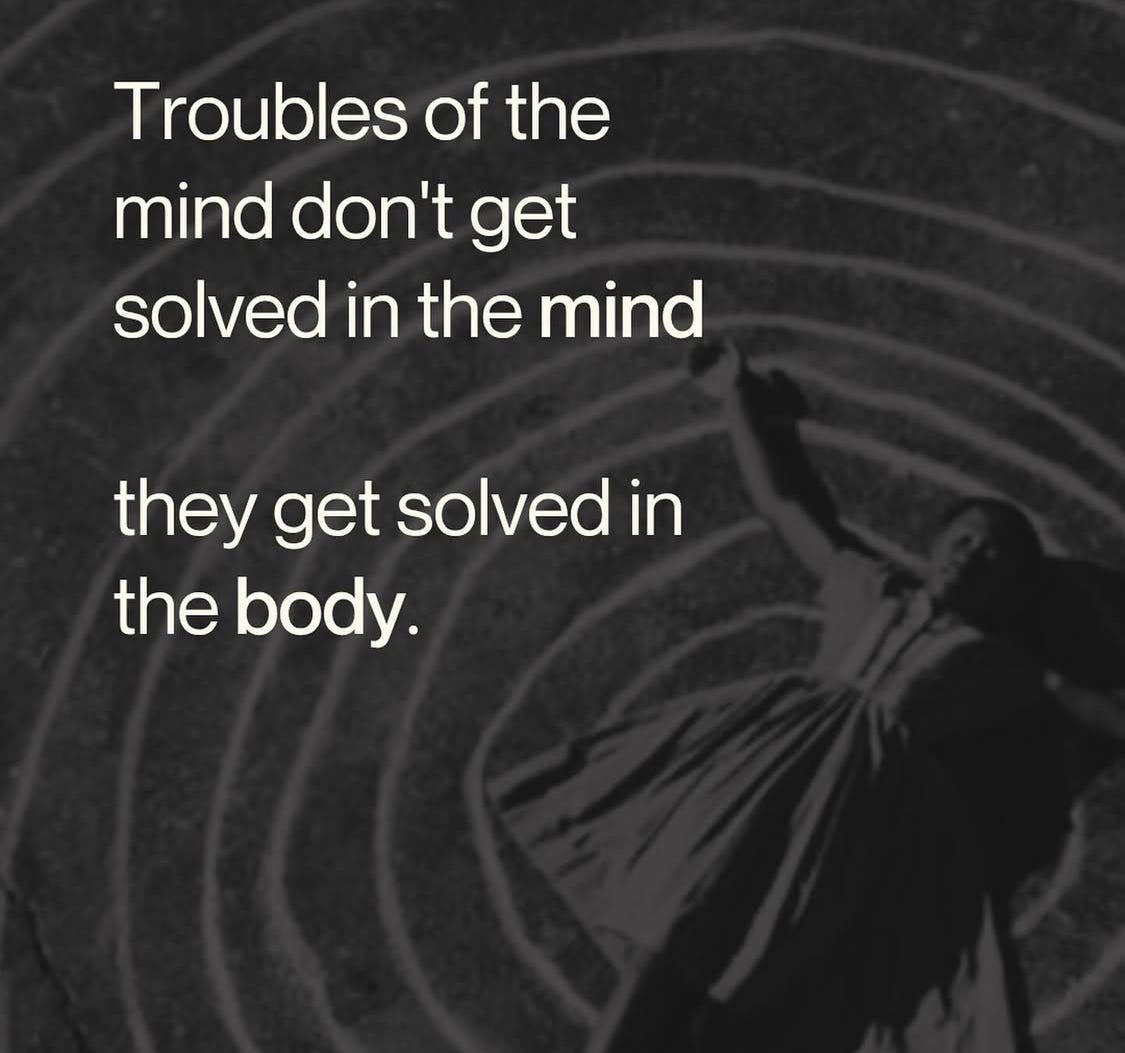Rebirth breathwork is one of many breathwork techniques that can be used for a wideee variety of purposes, including overcoming limiting beliefs, freeing stuck emotions in the body, releasing energy blocks, trauma healing, and connecting to a higher sense of peace and consciousness. This method was introduced to a man named Leonard Orr in the 1960s through water as a way of healing birth traumas, and has since evolved into a more diverse healing practice.
Each facilitator has some personal approach (more mouth vs. nose breathing, more or less physical touch on pressure points, more stimulating vs. soothing music, etc.), but they are all used as a way to bring the subconscious mind into consciousness and to connect with life itself (the breath).
This work is transformative. It aids in purifying the connections between our mind, body, and energy field. In traditional psychotherapy (“talk therapy”), people work primarily on the conscious mind to process things. In breathwork, we move outside the conscious mind and into the unconscious, energetic & emotional self, working to raise your vibration and leave behind unwanted patterns of functioning.
As my teacher explains, “A state of pure bliss, freedom, and realization happens when you let go of all your boundaries and merge with your true self.”
How it works:
We start off by guiding the body into a relaxed, surrendered state, then move towards a deep & active inhale to the chest (like a gasp), followed directly by a passive exhale.
I’d be lying if I said we can understand entirely why it works. Many things happen during sessions that are unexplainable, but immensely healing. The complete workings of the brain and its relationship to our energetic field and physical body are still largely unknown.
But here’s what we do know…
Breathing intensively on a loop activates the sympathetic nervous system. Physically activating this system, while mentally knowing you are relaxed and safe, triggers subconscious reaction patterns of the brain to emerge and release. Releasing can look like a wide variety of things, for example: crying, shaking, dancing, screaming, smashing, rolling- anything! This is the somatic part.

The facilitator should guide you to keep breathing through whatever arises, so that you are able to process completely. Breathing through emotional release teaches the brain that we don’t need to be afraid, can feel safe in our bodies, find strength in new perspectives, and integrate past traumas as healed experiences.
Nurturing the connections between your mind and body happens naturally when you fully surrender to the breathing process.
And hey, it’s not always a drama; many times, sessions are more about observing a sense of connection to yourself, higher consciousness, and feeling sensations moving throughout the body.
If you’d like to know more about Trauma Healing Through Breathwork, specifically, I’ve uploaded a separate, short article on that (click underlined words above for the link).
From my very first session, I was experiencing intense sensations and feelings of beginning transformation. After around six sessions, I started to feel lasting effects and changes in my daily life, and after over twenty sessions now, I feel much lighter, calmer, clearer, and more connected than I ever have before.
Note: In the US, breathworkers are often using different names than rebirthing now, since some states have put bans on the technique after the death of Candace Newmarker, a 10-year-old girl, in the year 2000. Death is not a risk during rebirthing; the facilitator tragically suffocated her with a pillow, which is not a part of the technique. Other techniques may be called Holotropic Breathwork, Transformational Breathwork, Conscious Breathwork, or Clarity Breathwork.
Sources:
How Energy Becomes Stuck in the Body - Emotional and Mental Causes of Illness
Rebirthing Breathwork International: Leonard Orr
Rebirthing Facilitators Manual by Leonard Orr
Somatic Release: Techniques and Benefits for Mind-Body Healing




